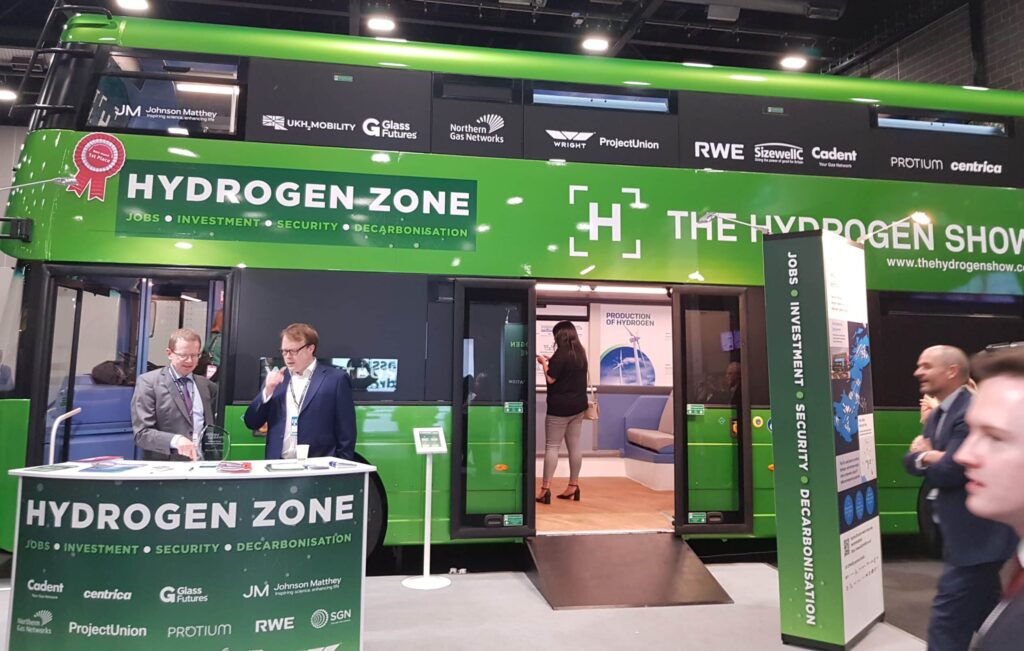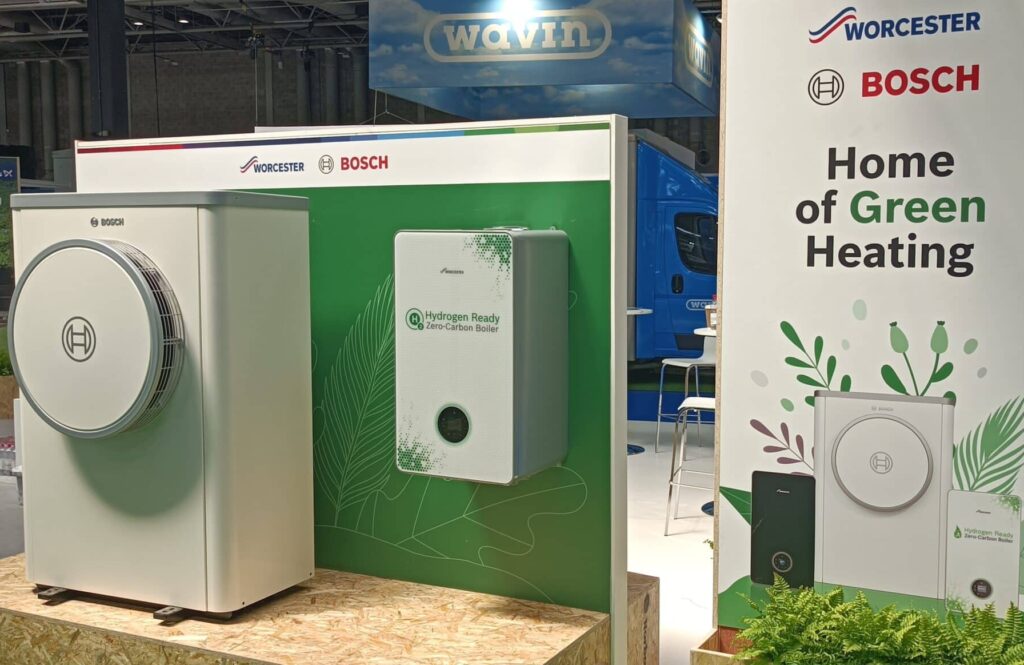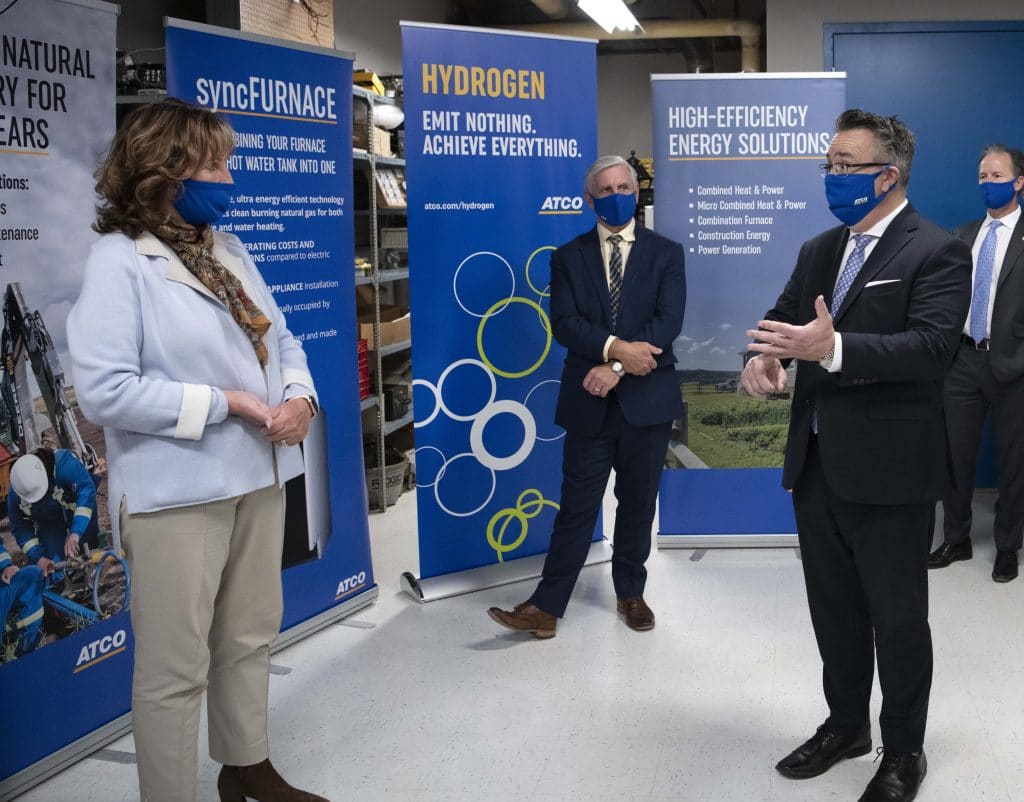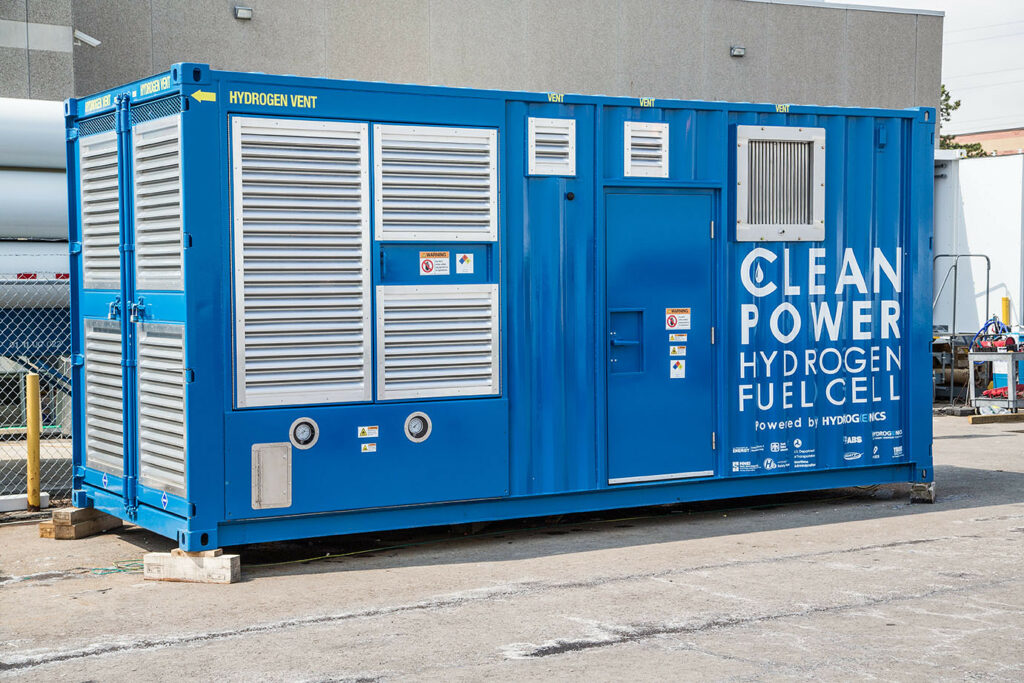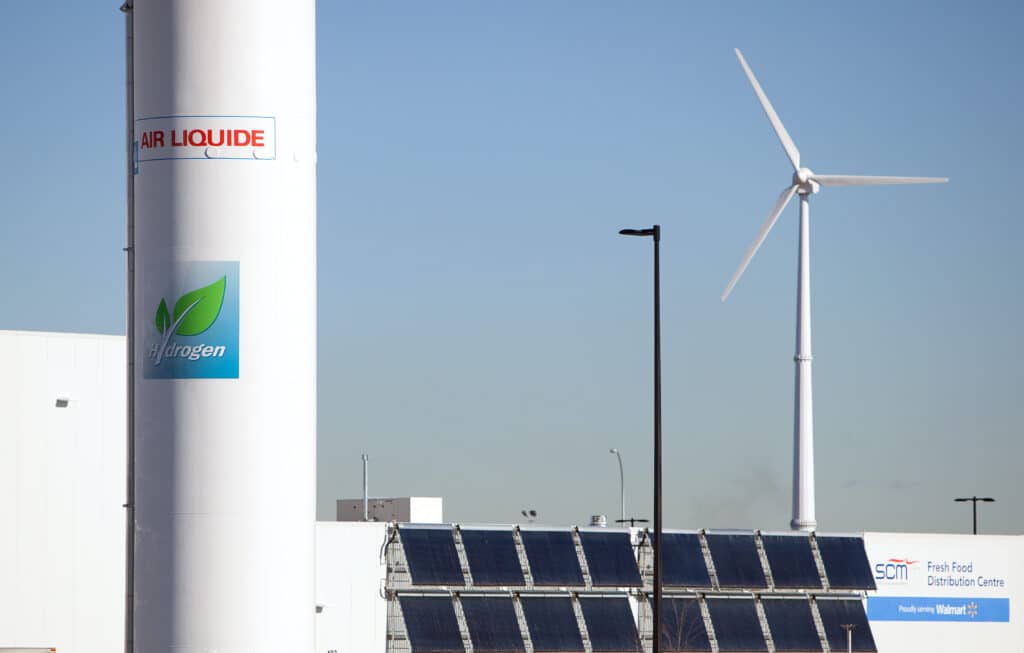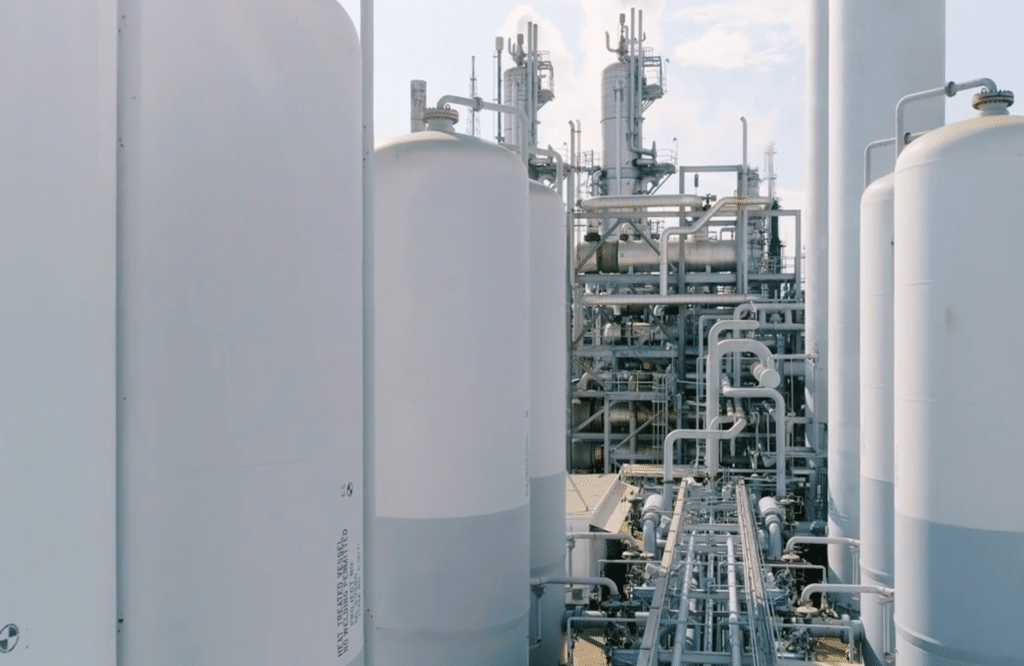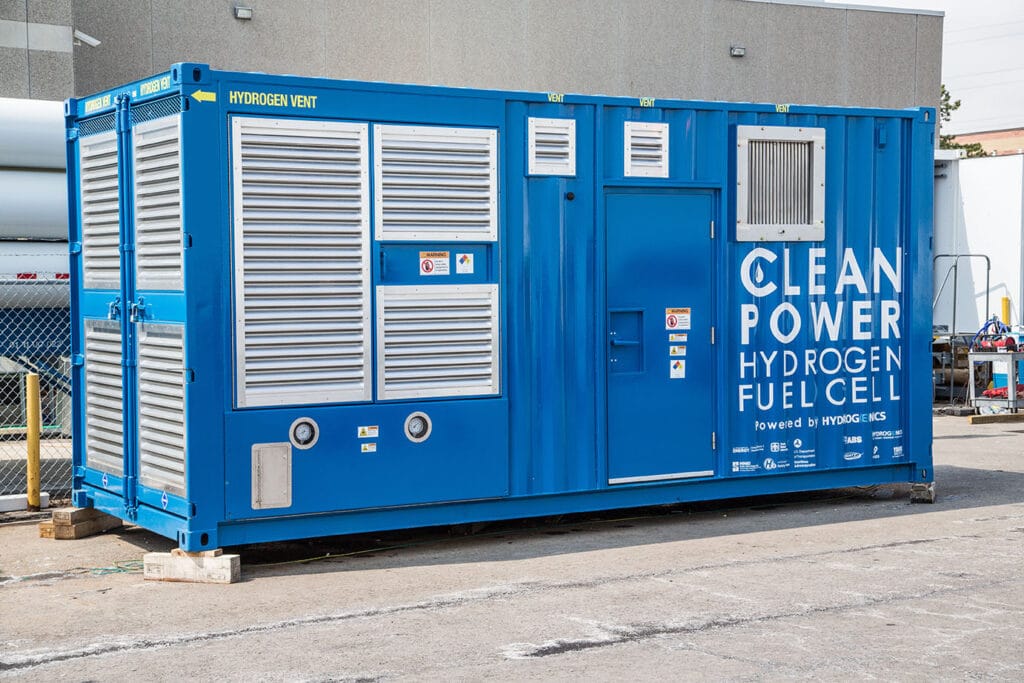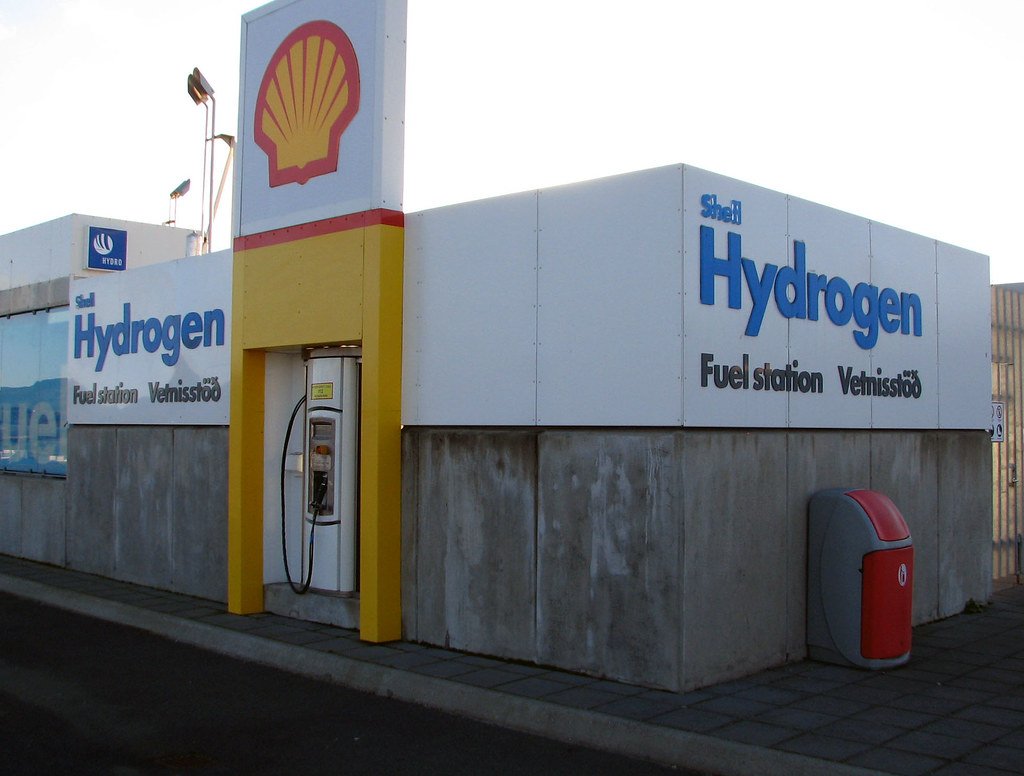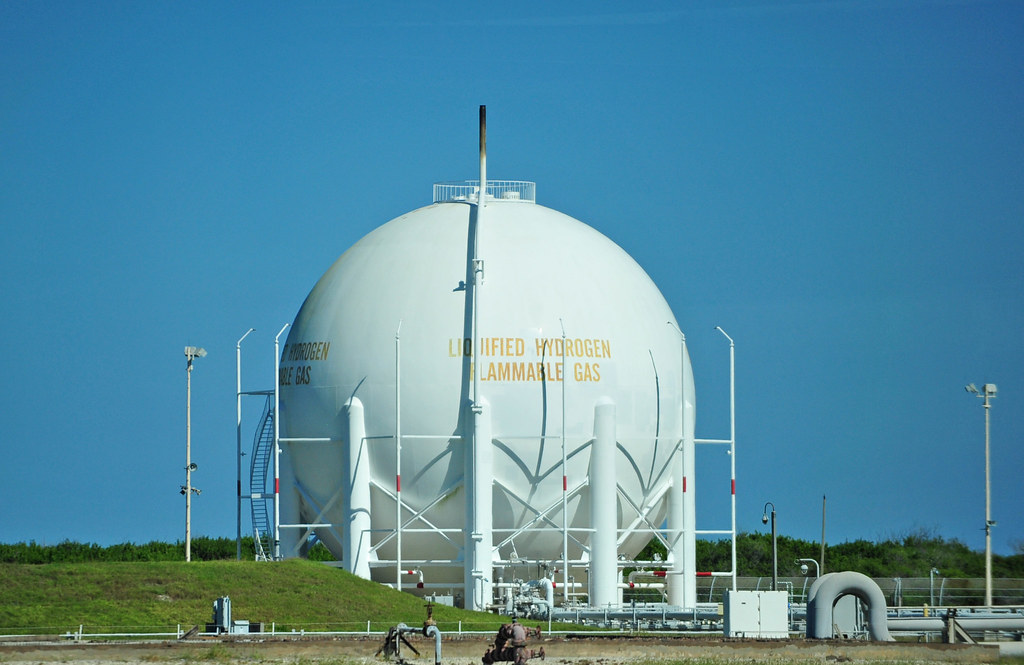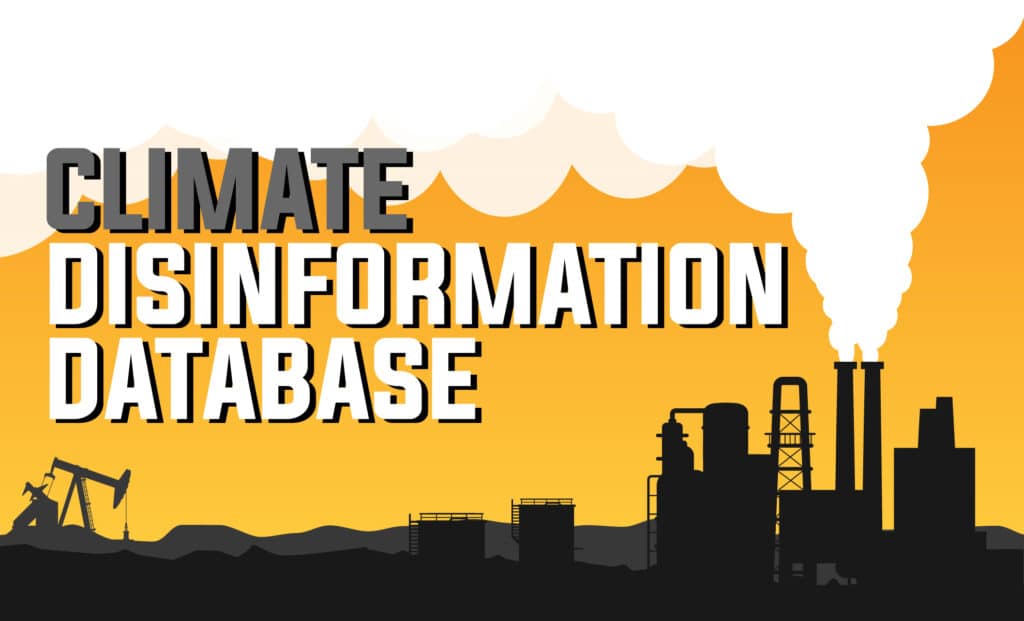We’re tracking global efforts to lobby for the use of hydrogen across different sectors of the economy.
“Blue hydrogen” is made from natural gas and is often described as clean or low-carbon because it offsets some of its emissions via carbon capture and storage (CCS) — an expensive technology that is still unviable at scale and has only managed to capture, at most, 70 percent of carbon emissions.
Behind this push for blue hydrogen, as our reporting reveals, are networks of companies, industry associations, lobbyists, and politicians with deep ties to the fossil fuel industry. Explore the maps and related articles we’ve created that trace these networks in the European Union, Canada, and United States.
“Green hydrogen” is a much more climate-friendly option because it is produced using renewable energy. It is viewed as crucial in certain applications, such as fertilizer and steel production. If it were to replace current dirty hydrogen production, it would eliminate 2 percent of the world’s carbon dioxide emissions.
However, climate experts have concerns about the push for green hydrogen in sectors such as heating and transport, because it competes with other technologies such as heat pumps and electric vehicles, which require far less energy. It is also likely that the fossil fuel industry is using the promise of green hydrogen as a “bait-and-switch” strategy to secure support for the blue form of the fuel and further investment in gas infrastructure.


